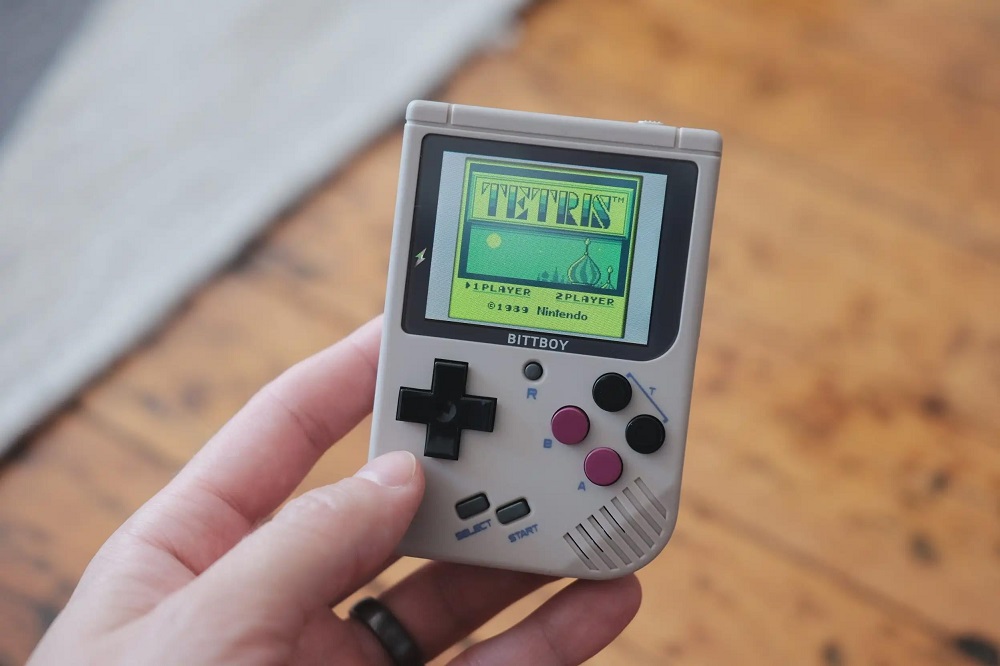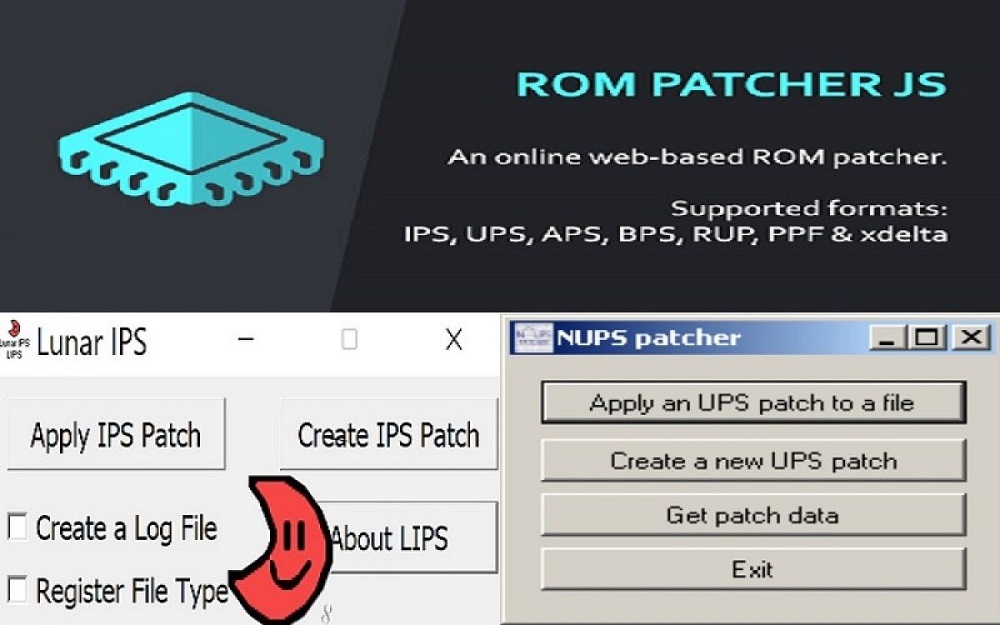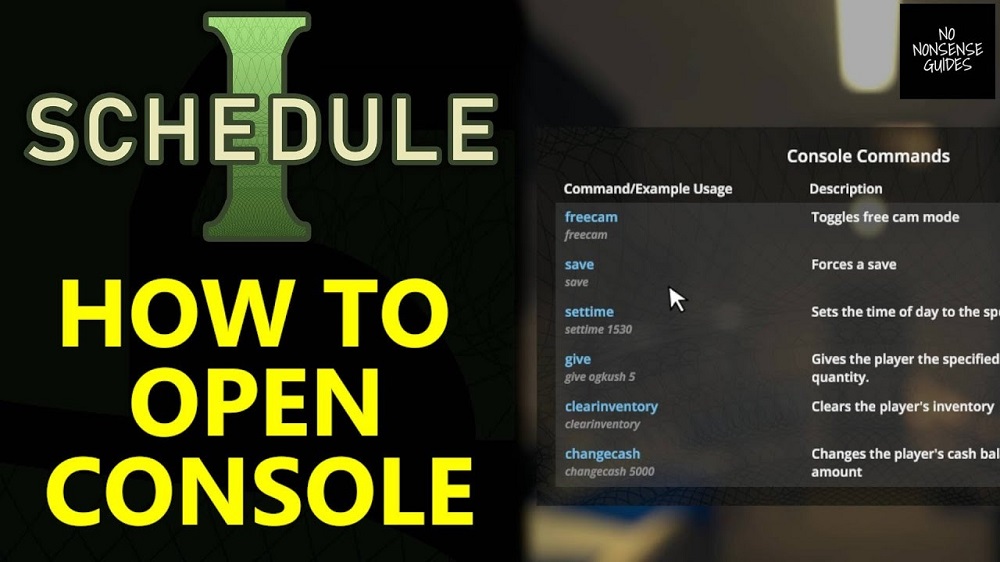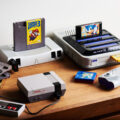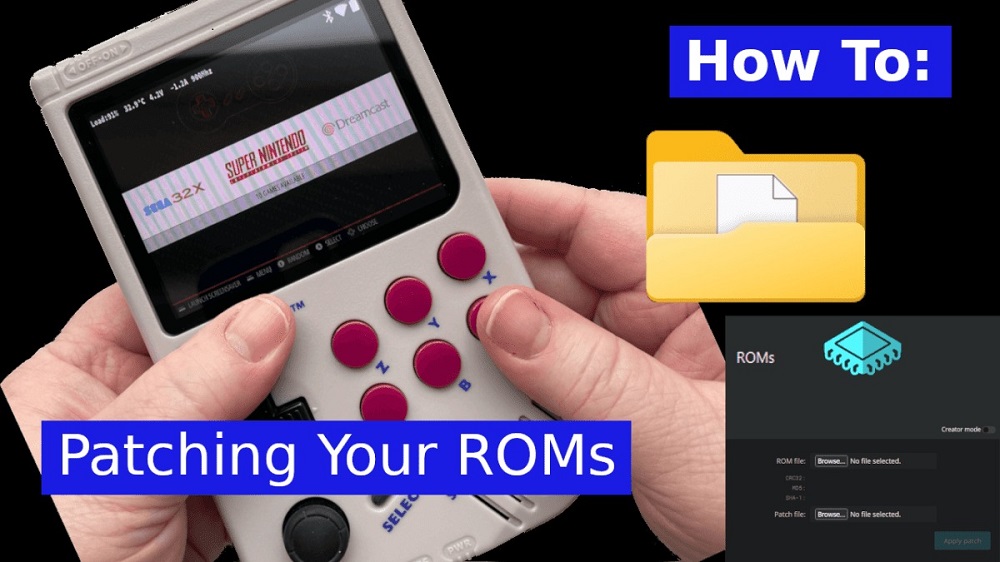There’s nothing quite like the feeling of picking up an original NES controller or sliding a cartridge into a Sega Genesis. While modern consoles offer 4K visuals and online features, retro consoles provide something else: authenticity. They connect us to childhood memories and to the roots of gaming itself.
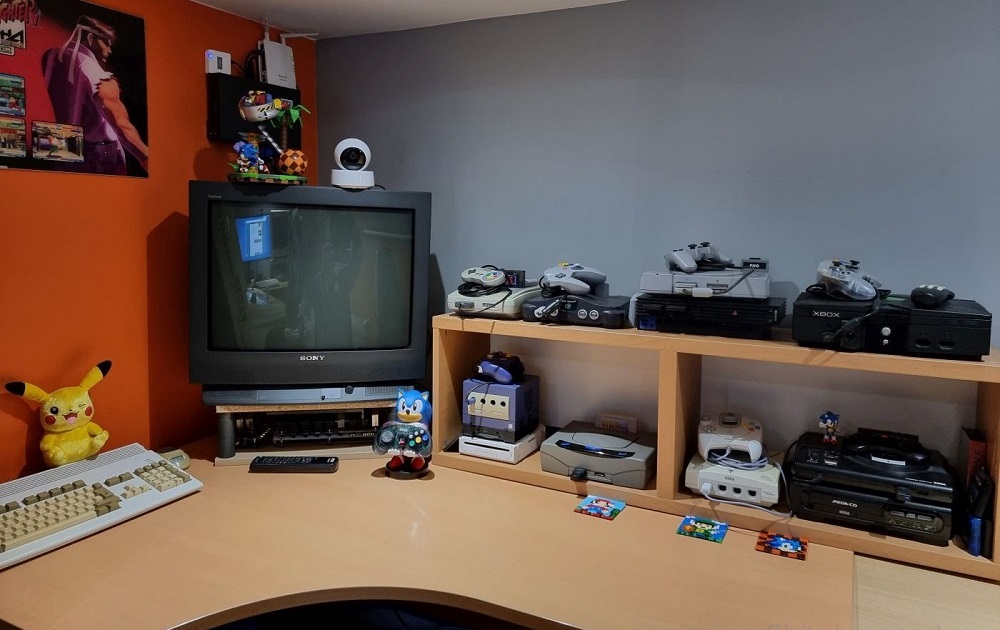
But in 2025, setting up an old console isn’t as simple as plugging it into your living room TV. With changing technology — HDMI dominance, fading CRTs, and fragile cartridges — it takes some know-how to get your retro systems running properly. This guide will walk you step by step through setting up your old hardware, ensuring you can enjoy the classics as they were meant to be played.
Step 1: Choosing the Right Console to Set Up
Before you begin, decide which retro system you want to bring back to life. Each has its quirks:

- NES / SNES: Simple to set up, but may need composite-to-HDMI converters.
- Sega Genesis: Robust hardware, but benefits from RGB mods for best video quality.
- Nintendo 64: Cables degrade over time; check for controller stick wear.
- PlayStation 1 / 2: Disc drives can be fragile; replacement lasers may be required.
- Handhelds (Game Boy, Game Gear): Often require screen mods for comfortable modern play.
Collectors often start with Nintendo’s classics because they’re easy to find, but Sega and Sony systems are also beloved.
Step 2: Inspecting Your Console and Accessories
Before connecting anything, inspect your console:
- Check for dust and corrosion in cartridge slots and controller ports.
- Look for bulging capacitors (a common issue in older systems).
- Test controllers — sticky buttons or worn-out joysticks can often be fixed with cleaning kits.
Don’t forget the power supply. Original bricks are bulky, and replacements may be needed for safe modern use.
Step 3: Video Output – Connecting to Modern TVs

This is the trickiest part in 2025, since most TVs no longer support composite or RF inputs. Options include:
- HDMI Converters: Plug-and-play adapters that upscale composite to HDMI. Cheap, but sometimes add lag.
- RGB / Component Mods: For purists, consoles can be modded to output higher-quality signals.
- RetroTINK or OSSC: Popular devices that convert analog signals to HDMI with minimal lag and high quality.
Still, many enthusiasts argue that nothing beats playing on a classic CRT. As we discussed in Why CRT TVs Still Matter for Retro Consoles, CRTs preserve original resolutions, colors, and input responsiveness. If you have the space, it’s worth keeping one.
Step 4: Powering Your Console Safely
Power requirements can vary across regions and models. Using the wrong adapter risks frying your console.
- Check voltage compatibility if importing systems.
- Use modern replacements where possible; third-party adapters are often safer and smaller.
- Consider surge protectors — retro consoles weren’t designed with today’s unstable power grids in mind.
Step 5: Cleaning and Maintaining Cartridges
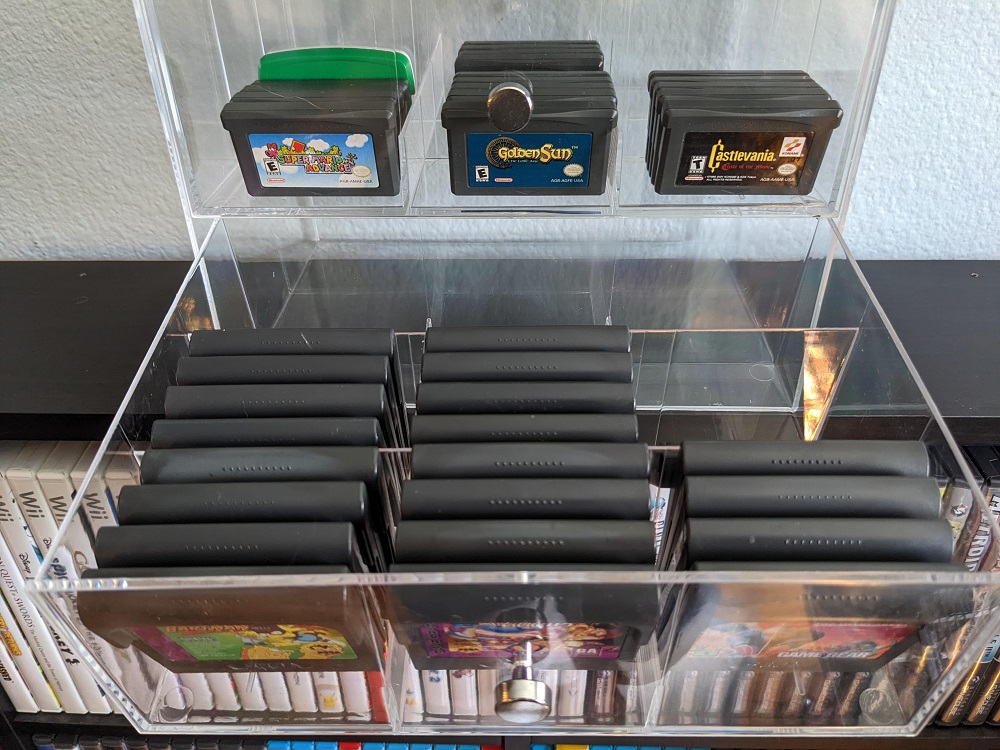
That childhood ritual of blowing into cartridges? It actually did more harm than good. In 2025, here’s how you should maintain them:
- Use isopropyl alcohol and cotton swabs to clean contacts.
- Store cartridges upright in dry, dust-free containers.
- Avoid extreme temperatures — heat and humidity are cartridge killers.
Proper maintenance ensures your cartridges remain playable for decades to come.
Step 6: Controllers and Peripherals
Controllers are often the most fragile parts of retro systems:
- NES/SNES D-pads last forever with cleaning.
- N64 analog sticks are infamous for wearing out; aftermarket replacements are recommended.
- Genesis controllers can be refurbished with new membranes.
Don’t forget fun peripherals like the NES Zapper or Sega Menacer. Unfortunately, light guns only work on CRTs, another reason retro fans preserve them.
Step 7: Enhancing the Experience with Modern Add-ons
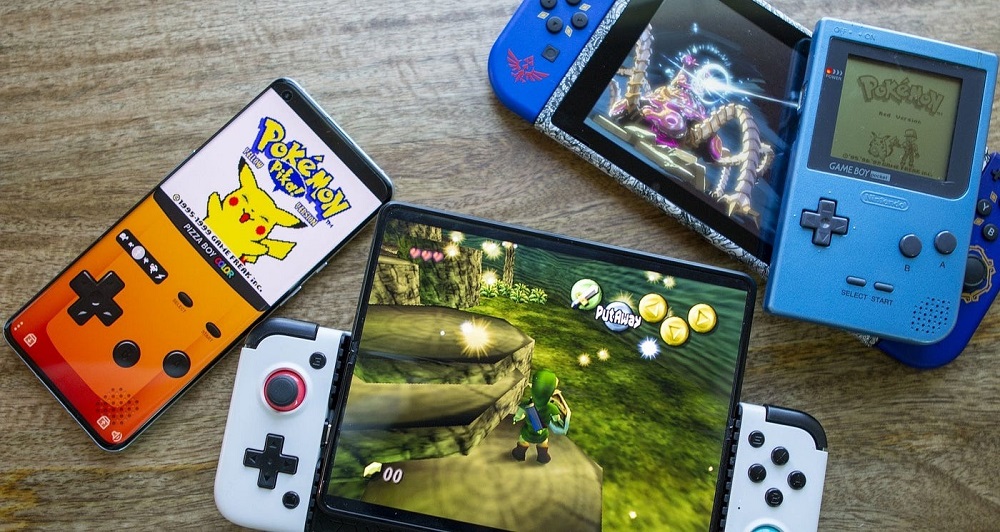
Setting up in 2025 doesn’t mean you have to play exactly like it’s 1995. Today, there are quality-of-life upgrades that keep the retro feel while adding convenience:
- EverDrives / Flash Carts: Load multiple ROMs onto an SD card while still playing on original hardware.
- HDMI Mods: Internal upgrades that output crystal-clear video directly.
- Wireless Controllers: Companies like 8BitDo recreate classic pads with modern wireless functionality.
These enhancements help balance authenticity with comfort.
Step 8: Preservation and Backup
While playing on original hardware is magical, it’s also fragile. To protect your collection:
- Use emulators as backups. As we’ve seen in How Emulators Keep Retro Games Alive, they ensure you can still play your games if cartridges fail.
- Digitize manuals and box art to preserve history.
- Consider FPGA systems (like Analogue’s consoles) that mimic original hardware without wear and tear.
Preservation ensures you don’t just set up a console for today, but keep it playable for the future.
Step 9: Organizing Your Retro Setup
Once your console is running, think about how to make it part of your living space:
- Dedicated retro corner: A CRT, a shelf of cartridges, and two controllers ready to go.
- Multi-console switches: Devices that let you connect multiple systems to one TV.
- Cable management: Keeps setups tidy, especially if you’re juggling NES, Genesis, and N64 wires.
A clean, organized retro corner makes gaming sessions smoother and more immersive.
Step 10: The Joy of Sharing Retro Games in 2025
Setting up a retro console isn’t just for solo nostalgia. It’s a chance to:
- Introduce younger generations to the classics. Kids today might never have touched a Game Boy, but once they play Tetris, they’ll get it.
- Host retro gaming nights with friends, competing in Mario Kart or Street Fighter II.
- Join online retro communities where enthusiasts share setups, mods, and repair advice.
Retro gaming is ultimately about community — bridging past and present through play.
Conclusion: Bringing the Past Into the Present
In 2025, setting up a retro console takes a bit more effort than it did in the 80s or 90s. But the payoff is immense. From the tactile click of a cartridge to the pixel glow on a CRT, nothing matches the authenticity of original hardware.
Retro consoles are more than machines — they are time machines, transporting us back to the golden days of gaming. By learning how to set them up, clean them, and even enhance them with modern accessories, we keep this heritage alive for ourselves and the next generation.
So dust off that NES or Genesis, grab a controller, and relive the magic. The past is waiting to be played again.
